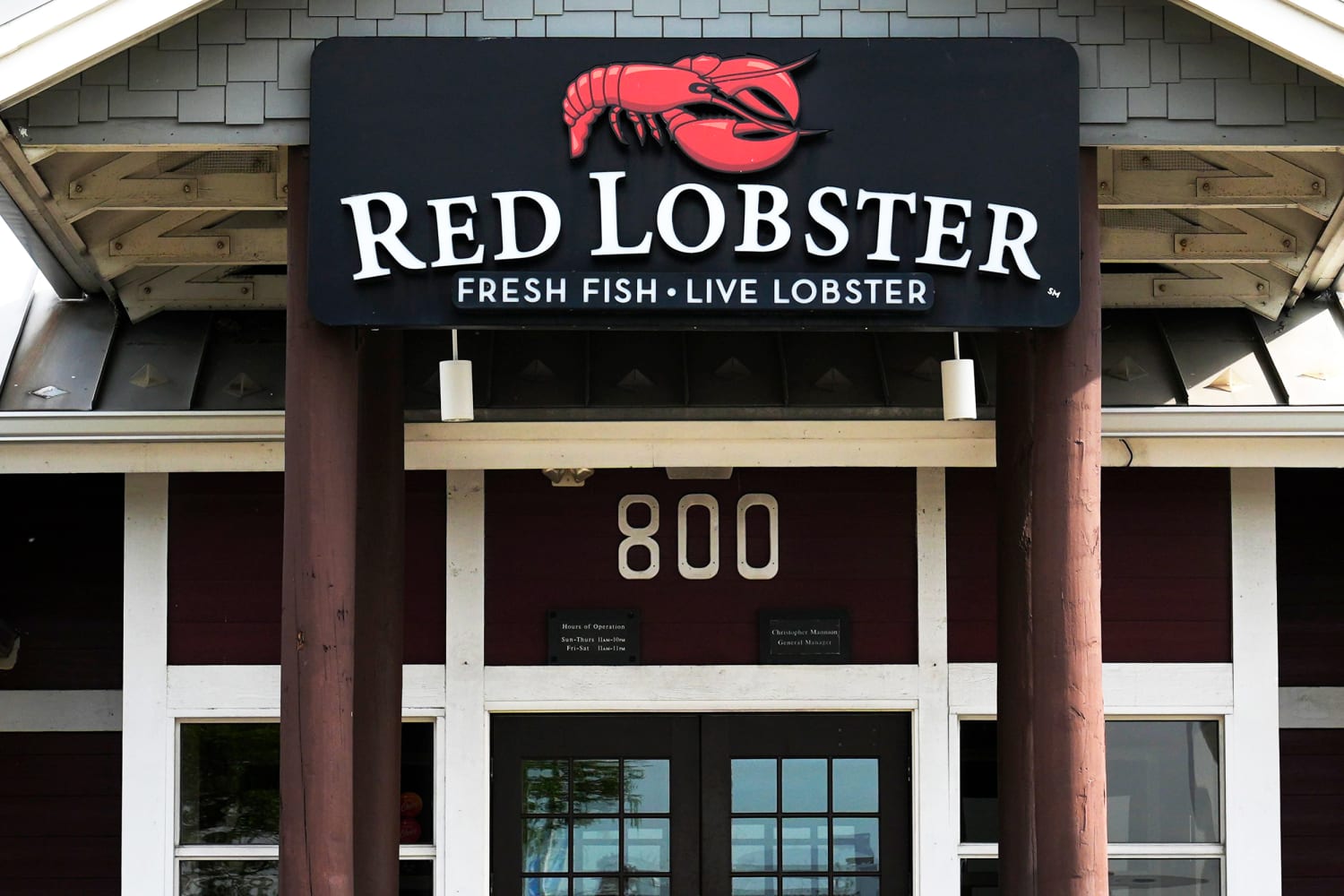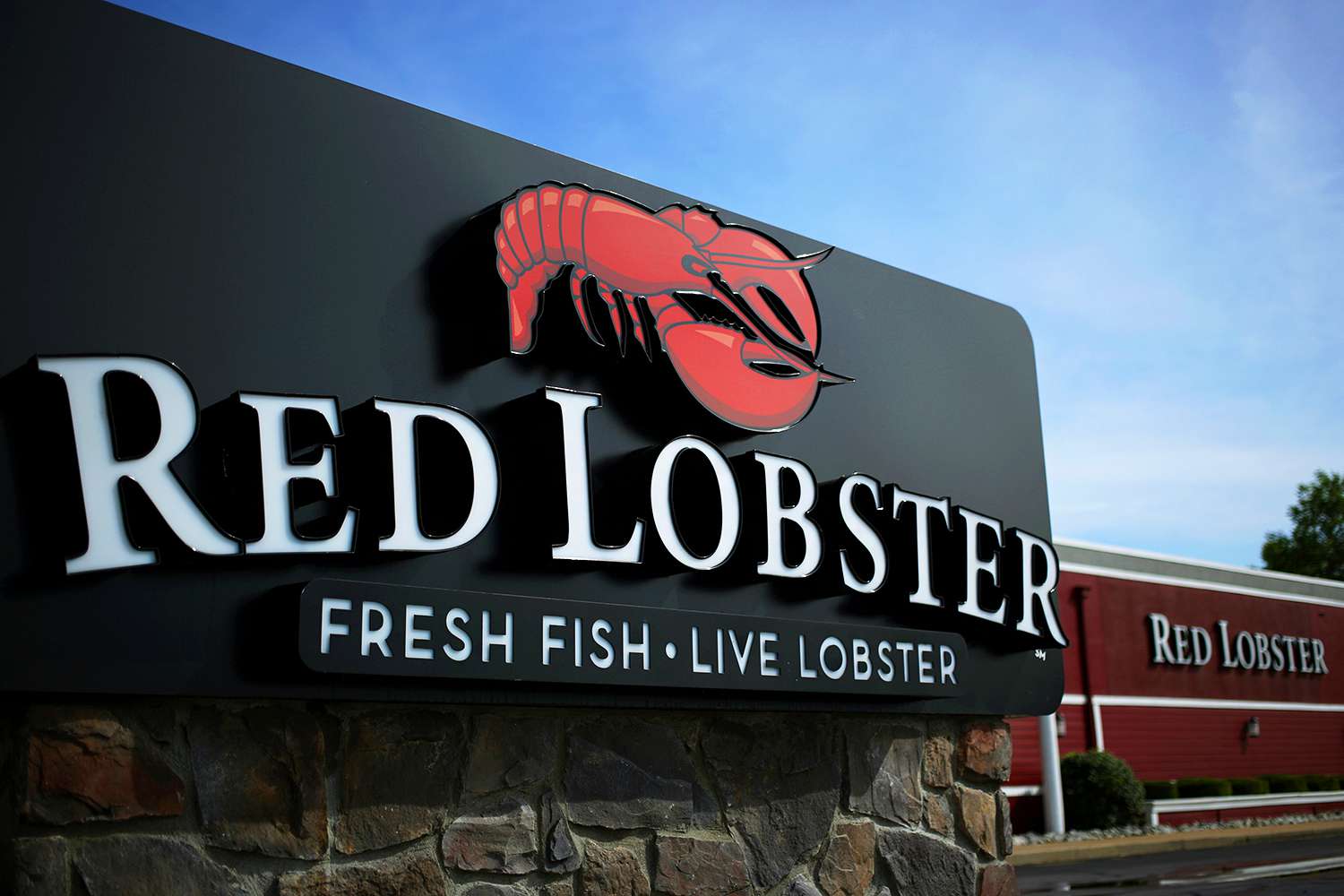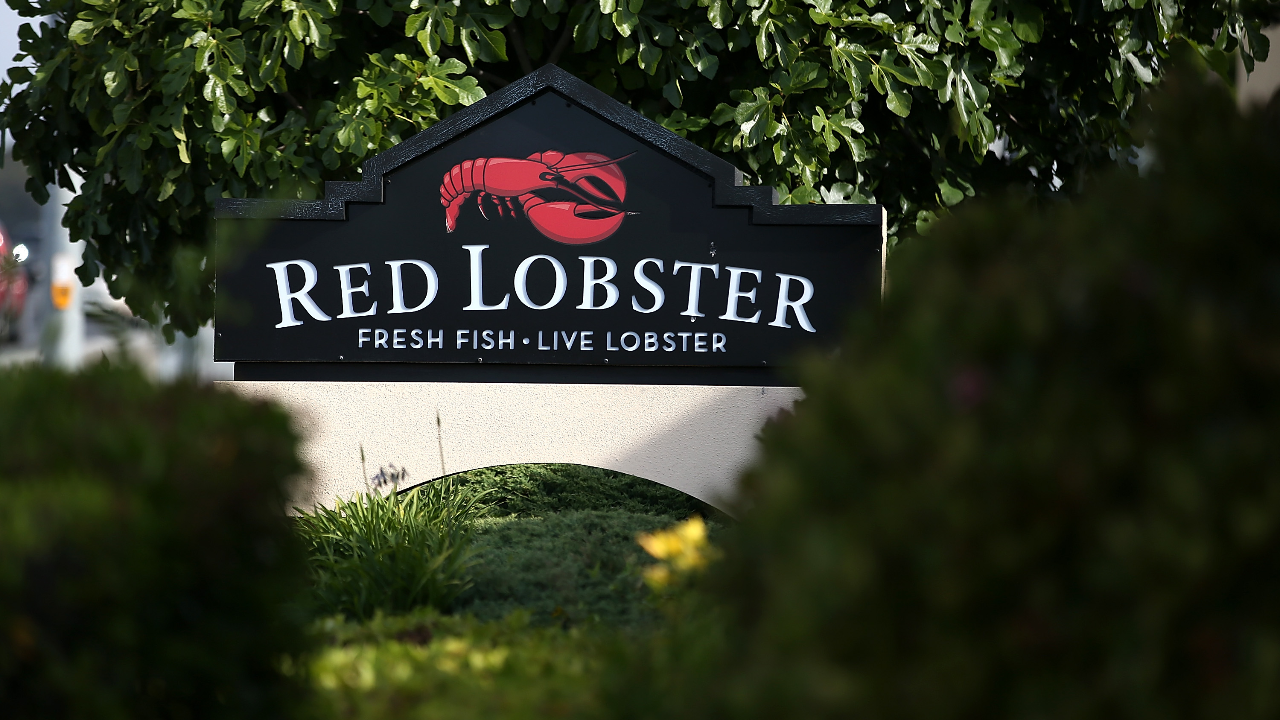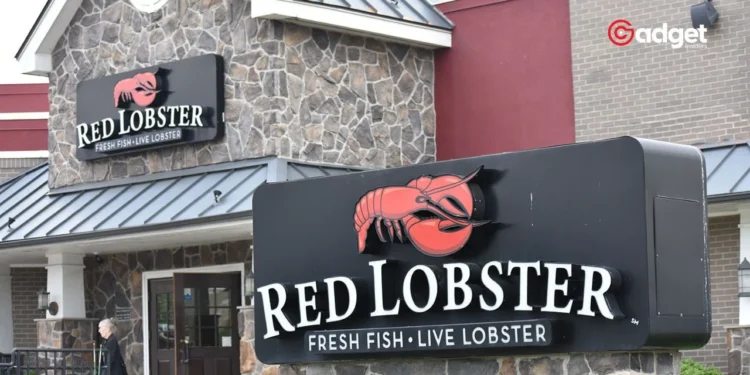In 2020, when Thai Union Group, a global seafood conglomerate, became the leading shareholder of Red Lobster with 49% control, employees were initially reassured that the new stakeholders would not interfere in daily operations. However, this promise quickly unraveled, culminating in Red Lobster’s Chapter 11 bankruptcy filing in 2023, a stark reversal from the chain’s decades-long history as a leading seafood restaurant.

Broken Promises and Strategic Missteps
Despite initial assurances documented in “Seafood Supplier Talking Points” that Thai Union would maintain existing supplier relationships and stay out of day-to-day management, the reality was markedly different.
By 2022, Thai Union had deeply embedded its representatives within Red Lobster’s Orlando headquarters. According to former Red Lobster executives, these changes led directly to the chain’s decline, overwhelming the business with poorly executed strategies and higher operational costs.
Impact of Thai Union’s Control
Thai Union’s influence extended across all aspects of Red Lobster’s operations. Significant decisions, from firing veteran leaders to altering the restaurant’s core menu and operational model, were spearheaded by Thai Union-appointed executives, including interim CEO Paul Kenny. These changes alienated customers and dismantled a previously thriving business culture.
For instance, Kenny’s derogatory remarks at corporate events and drastic changes to supplier contracts unfavorably altered the company’s market strategy, focusing heavily on non-profitable promotions like the $20 endless shrimp.

The Financial Strain and Ultimate Bankruptcy
Under Thai Union’s guidance, Red Lobster saw a drastic reduction in its customer base, with annual visits dropping by 30% since 2019. The management’s failure to adapt to the evolving market conditions, coupled with a heavy reliance on Thai Union’s more expensive seafood supply, pushed the restaurant chain into financial disarray. This culminated in Red Lobster’s decision to file for bankruptcy, planning to sell its business to lenders in an attempt to stay afloat.
Red Lobster’s Legacy and Lessons Learned
Red Lobster, founded in 1968 by Bill Darden, was once a symbol of the casual dining revolution in America. Its journey through various ownerships—from General Mills to Darden Restaurants, and later to private equity hands—shows a brand continually adapting to changing business climates.
However, the recent mismanagement under Thai Union’s control highlights the critical balance needed between strategic corporate governance and operational autonomy.

Looking Forward: Red Lobster After Thai Union
As Red Lobster navigates through bankruptcy, the broader implications of Thai Union’s involvement serve as a cautionary tale about the risks of aggressive corporate intervention in operational practices.
For future investors and stakeholders in the restaurant industry, understanding the intricacies of brand management and the importance of preserving a company’s core operational values will be key to avoiding a similar fate.
In conclusion, the story of Red Lobster under Thai Union’s control is a dramatic saga of a well-intentioned corporate takeover that missed the mark, leading to significant financial and reputational losses. It underscores the delicate dance between maintaining brand integrity and pursuing aggressive growth strategies in the highly competitive restaurant industry.










